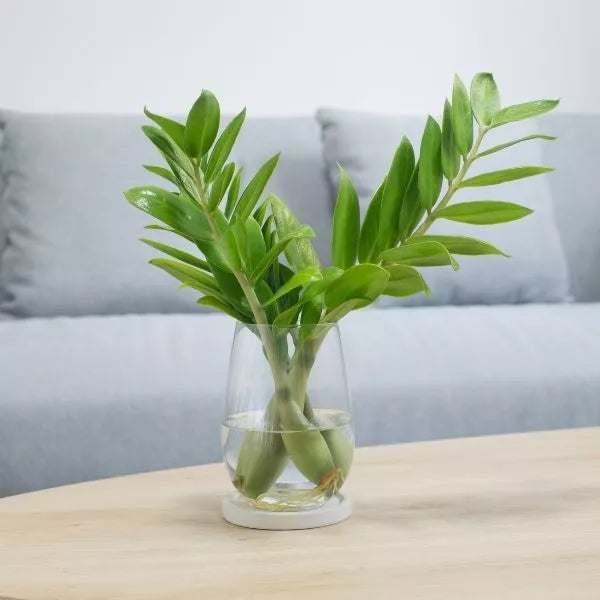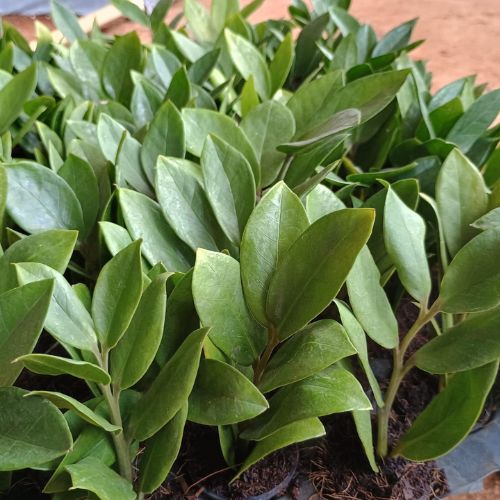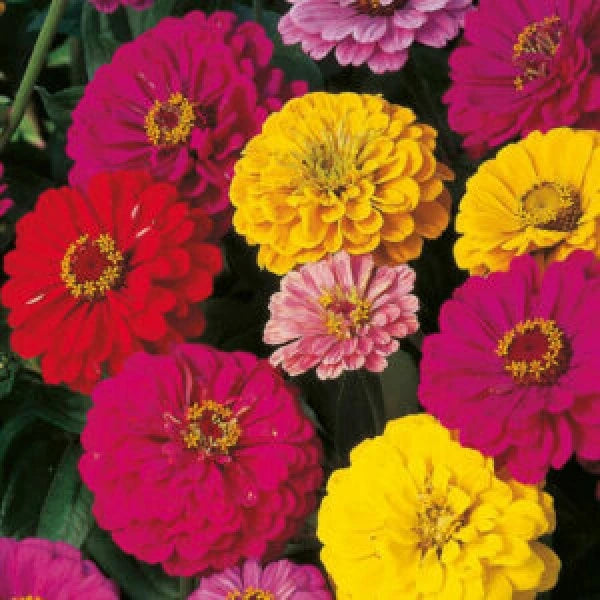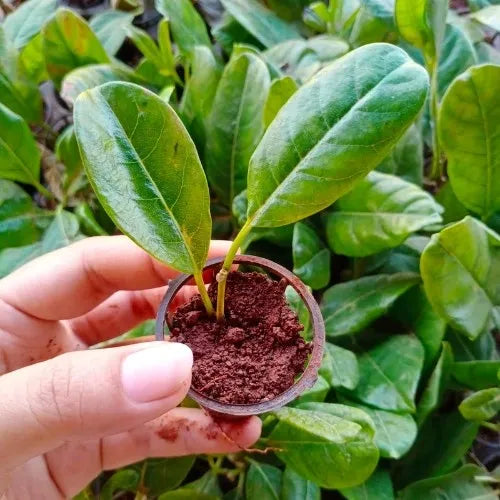
How to Care for Flowering Plants: Essential Maintenance Tips
Flowering plants brighten any space with vibrant blooms. With proper care—watering, fertilizing, pruning, and pest control—they thrive beautifully. This guide covers essential tips to keep your plants healthy and blooming. Let’s get started!
Flowering plants bring lively colors and natural beauty to any area, from gardens to balconies to indoor spaces. Here’s a full guide on how to look after flowering plants and key upkeep tips to help them thrive.
Picking the best plant

The first step to care for flowering plants is to choose plants that suit your setting. Think about factors like weather, soil type, and how much sunlight the area gets. Some common flowering plants that are pretty easy to grow include:
- Marigolds:These tough plants can grow well in many different conditions.
- Petunias:Perfect for hanging baskets and window boxes, need lots of sun.
- Roses:Need more care but can bring great satisfaction with proper attention.
- Geraniums:Adaptable and thrive in pots or garden beds.
Planting Basics
Soil Preparation
Good soil forms the base for healthy flowering plants. Make sure the soil drains well and contains plenty of organic material.
Planting Technique
When you plant, dig a hole that’s two times bigger than the plant’s roots. Put the plant in making sure the top of the roots is even with the ground. Add soil to fill the hole and press it down. Give it a good drink of water after you plant it.
Watering

Giving your flowering plants the right amount of water is key- too much or too little can both cause problems.
1. Frequency: Water your plants but not too often as this helps the roots to grow deeper into the soil.
2. Time of Day: Water in the morning or late in the afternoon as this cuts down on water loss and helps to prevent plant diseases.
3. Method: Water with a can or hose that sprays so that you don’t wet the leaves to lower the chances of disease.
Fertilization

Flowering plants need regular feeding to bloom a lot.
1. Type of Fertilizer: Pick a balanced slow-release fertilizer or one made for flowering plants.
2. Frequency: Feed every 4-6 weeks when plants are growing and follow the instructions on the package for the right amount.
3. Application: Put fertilizer around the plant’s base, but don’t let it touch the leaves.
Pruning and Deadheading

Pruning and deadheading help keep flowering plants healthy and looking good.
1. Pruning: Cut off dead or sick branches to let air flow and lower the chance of bugs and diseases. Prune when flowers are done blooming to help new growth.
2. Deadheading: Take off old flowers often. This stops the plant from using energy to make seeds and leads to more flowers.
Pest and Disease Management

Keeping bugs and diseases away is crucial for flowering plants to stay healthy.
1. Inspection: Look at plants often for signs of pests like aphids, spider mites, and caterpillars.
2. Control: Try natural fixes like neem oil or soap that kills bugs for small problems. For big issues, think about using the right chemical bug killers.
3. Disease Prevention: Make sure plants have good airflow around them, water at the base instead of from above, and remove any plants that show signs of disease.
Mulching

Mulch helps keep soil moist, stops weeds from growing, and keeps soil temperature steady.
1.Material: Use natural mulch like bits of bark, straw, or compost.
2. Application: Put a 2-3 inch layer of mulch around the plant’s base, but keep it a few inches away from the stem to stop rot.
Supporting Flowering Plants

Some plants that bloom such as climbing roses or clematis, need support to grow the right way.
1. Trellises and Stakes: Give your plants support with structures like trellises, stakes, or cages as they grow.
2. Tying: Secure plants to their supports using soft ties or garden twine taking care not to harm the stems.
Conclusion
Looking after flowering plants requires proper planting methods, regular watering and feeding, pruning, pest control, and plant support. These key maintenance steps will help your flowering plants stay healthy and keep blooming throughout the season. With some effort and care, you can turn your garden or indoor area into a colorful haven of flowers.
Here are some other blogs which make your Green Space more Greener!
- Gardening Calendar Blogs
- Sustainable Gifting Ideas
- Gardener Stories
- Garden Care Blogs
- Miniature Garden Decor
- Gardening Workshop
Have a look at some amazing Videos on Gardening that might help you!!
- Learn the ropes of Container Gardening with expert tips for beginners.
- Explore the joy of growing bananas in your garden! Watch Planting Bananas to get started.
- Preserve your homegrown fruits and veggies like a pro! Join the Workshop on Preservation for valuable techniques.
- Dive into summer gardening with this workshop on Growing Summer Vegetables and Flowers From Seeds.
- Know all about microgreens using examples such as microgreen spinach, microgreen sunflower, microgreen mustard, microgreen flax, etc.
- Using gardening tools such as pots, trays, growing bags, moss sticks, watering cans, etc.
Here are some Workshops that might help you if you are new to Gardening!
- How to grow medicinal plants.
- Grow your plants in small places
- How to get started with Terrace gardening.
HAPPY GARDENING!
- Want to know more? Do follow us on Instagram to stay updated on the latest gardening trends.
- Watch the video and get the complete gardening guide to begin your journey as a gardener!












